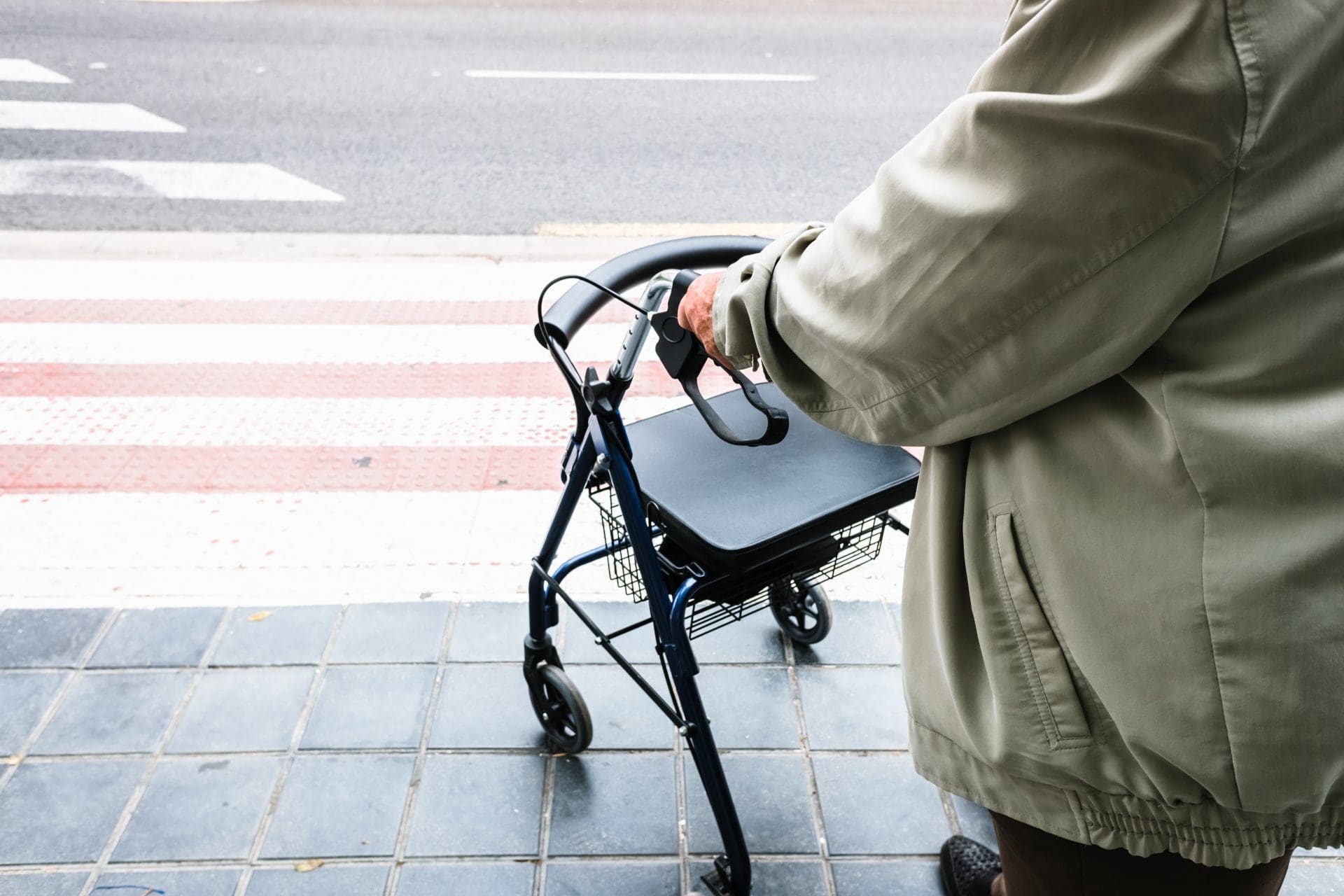February 27, 2021
This is one of five ideas we’re sharing for feedback as part of Kittelson’s Equity Challenge, an initiative to develop practical ways to advance equity in transportation. Learn more about the challenge and read the other ideas here.
Equity Challenge: Excessive Rework Needed for Curb Ramps to Meet ADA Requirements
Current methods of ADA curb ramp design and construction often result in unintended, but avoidable, inequities.
ADA (Americans with Disabilities Act) defines maximum slopes allowed at curb ramps. During design, we can apply precise slopes to the ADA ramps; however, a loss of information occurs during plan production, and is all but eliminated once the ramp is under construction. Major and costly efforts then follow construction to calculate whether those ramps meet ADA requirements. High percentages of noncompliance point to a game of “telephone” that happens when plans are passed from one party to the next and a loss of information occurs.
Ramps are costed during design at approximately $1,500 each. Construction firms set aside $4,000 for each ramp to account for expected rework. The money spent to rework curb ramps could be better spent on enhanced crosswalks, wider sidewalks or bike lanes, local or unique treatments, more resources for public engagement or other projects entirely. Getting ADA compliance the first time around saves a significant amount of money over time and reduce delays in getting ramps ADA compliant.

Getting ADA compliance at curb ramps the first time around reduces delays in getting ramps ADA compliant and saves money, which can then be put toward enhanced crosswalks, wider sidewalks or bike lanes, local or unique treatments, more resources for public engagement or other projects entirely.
Idea: Develop Better Tools to Construct Curb Ramps to ADA Requirements
We want to give contractors the ability to create the ramp in the field and adjust as needed. In addition to possessing the virtual design that was developed in the office, contractors should be given tools they can use to adjust the design to account for unforeseen elements they encounter in the field.
Such tools could include:
- 3D printer
- An ADA ramp field kit
- Trimble accessories
- Adjustable platform for survey equipment
- Phone app using LiDAR
- Concrete foam
The core element of our idea is to provide a tool that adjusts to field conditions but still has the precision and ease of use to help with the formwork and concrete pour. This will help ensure compliance before the concrete is set.
How This Will Benefit Our Clients & Communities
Providing tools in the field would account for unforeseen constraints during design, still allowing for field-fit efforts while giving the contractor real-time information and guidance to help adjust the design but still meet ADA standards. Through having better tools, contractors will produce a better product within a shorter timeframe. Owners will benefit from the reallocation of funds, which allows for the achievement of more project goals and ability to more fully address users’ needs.
Due to recent civil lawsuits, municipalities must now assess each curb ramp within their jurisdiction. The current thinking is that many ramps will not be compliant, so the amount of retrofitted curb ramps being built will expand as this effort progresses. The tools we develop will help build curb ramps correctly the first time and help avoid this significant additional cost and allocation of resources.
Whaddya Think?
We’d love to collaborate! Post your thoughts on this idea, or another idea for advancing equity in transportation, to social media with the hashtag #TransportationEquityChallenge.
We’d also welcome a conversation with you. Get in touch with us at abailey@kittelson.com and dgregory@kittelson.com.
View the other ideas that came out of the Transportation Equity Challenge here.
